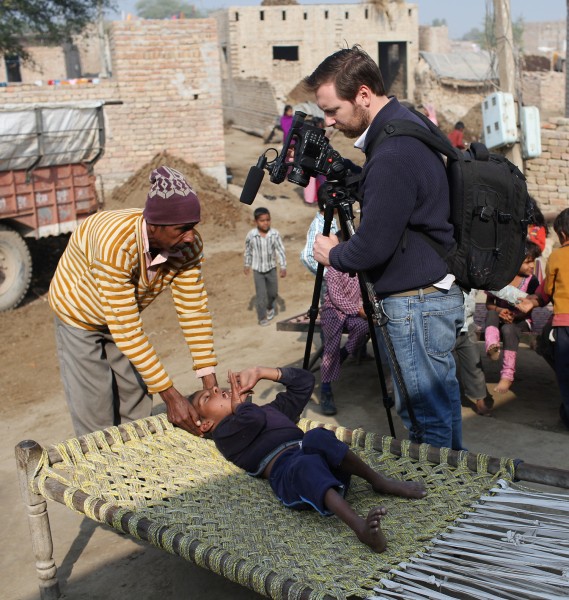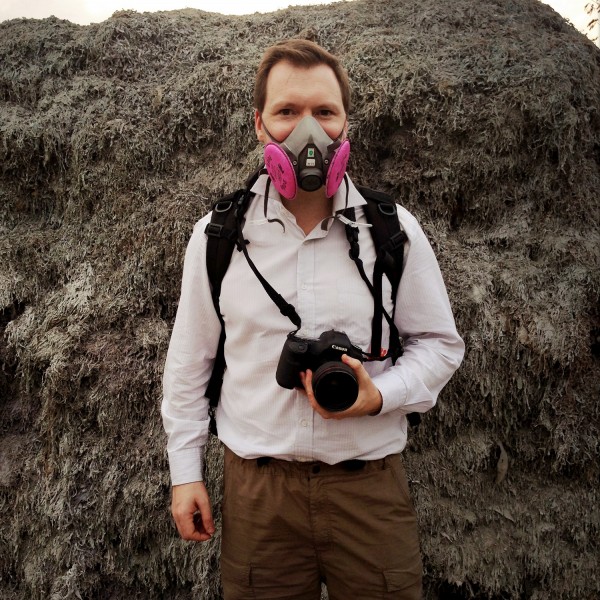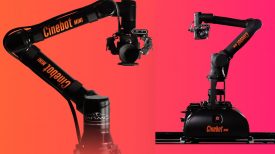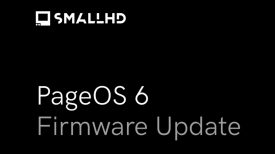Guest post by Sean Gallagher:
The Toxic Price of Leather from Sean Gallagher on Vimeo.
For many photojournalists, the transition into shooting video has been a path paved with slight trepidation and hesitation. There seems to be a lot of pressure for video to automatically be part of a shooter’s repertoire of skills and producing video content, along with traditional photo-essays, now seems to be expected on assignments. It’s been a difficult evolution for many.
Some ten years ago, at the beginning of my career, I was to be found filing slides and prints away in cabinets at the Magnum office in London, during a one-year internship. I overheard no conversations about ‘multimedia’, ‘Final Cut’ or ‘DSLR video’. Digital photography was still in its relative infancy amongst professional photojournalists and attention was still mostly on film.
Fast-forward to 2014 and the landscape of photojournalism has changed drastically. In the first 10 years of my career as a freelance photographer, my goal has changed from primarily being a photojournalist telling stories with stills, to now using all tools at my disposal, including video, to tell my stories on a ‘multimedia’ platform.
Like many, I have started to use more and more video in my work over the past four to five years. I have tried to develop my photography and video side-by-side with one another, rather than in conflict. One of my most recent projects is a good example of this.
In late 2013 I received my sixth grant from the Pulitzer Center on Crisis Reporting, which funds projects that highlight underreported issues around the world. Our latest collaboration focused on issues surrounding pollution in India. The Pulitzer Center highly encourages its grant applicants to incorporate multiple forms of story-telling into their projects, so those which combine photography, video and writing are favoured. This pressure to incorporate other forms of story-telling – in my case, video – has pushed my work on further and helped me discover new ways to tell the stories I want to cover.
In many situations, I have found that video has been a better tool for conveying a certain story or feeling. For example, in my latest short film ‘The Toxic Price of Leather’, I focus on the effects of severe pollution on communities in the city of Kanpur, India. The pollution is caused by the city’s leather tannery industry and I wanted to let the people of the area tell the story.
Javad Akhter, a local politician who appears towards the end of the video, had a heartbreaking story of how he lost his wife to asthma, caused by the severe air pollution which continually hangs over the city. As I interviewed him on camera, we talked about many things but when he talked about his wife he became very emotional. At one point during the interview his eyes welled up and he was on the verge of breaking down in tears as he questioned what was left in his life after her death. It was a very emotional moment and makes me sad every time I re-watch it. The reaction from audiences to his story has been very strong.
Using video and allowing people to look into his eyes as he recounts what happened has more impact than a single frame, for example, of him in that moment. That’s not to say that a photograph combined with other images from the whole story wouldn’t have impact; I just think that in this particular situation, video more vividly communicated the impact of pollution on this man and his community. The combination of being able to look into someone’s eyes and also hear their voice, is a powerful one.
So now this story exists as a short film, a photo-essay and a written article. Each one tells the story of what is happening in Kanpur in a slightly different way, but they complement one another. On a practical note, I also have different options for marketing the work.

One of the main challenges is knowing when to shoot video and when to shoot stills. The more you place yourself in different situations, the better you get at knowing when it’s time to do one or the other. It also depends a lot on the aim of your story, or goals on any given shooting day. Inevitably, there will be times when you will miss a good photo when you’re recording video, and vice versa. You have to accept that if you want to do both.
In terms of equipment, I subscribe to the ‘backpack journalism’ school of thought. When I am on assignment, I need everything to fit in one small backpack which will be as inconspicuous as possible. This comes directly from my photojournalism background, where I am trying my best to create as little distraction as possible in the scene I am photographing.

For the ‘Toxic Price of Leather’, I had two cameras: A Canon 5D mkIII with three lenses – a 35mm f1.4, 50mm f1.8 and 70-200 f4.0 – and a Canon XF105 camcorder. The latter camera was a new addition to my kit, which I added to give me more flexibility while shooting video. The XF105 is a broadcast quality compact camcorder from Canon and is very light and easy to travel with, making it an attractive addition when looking to keep kitbag weight down. The picture quality is very good too and it seemed to match well in post-production when put side by side with the footage shot on the 5D mkIII. Can you tell which clips in the short film are shot on which?
For audio, I used a simple Rode VideoMic on my 5D mkIII and a compact Sony ECM-NV1 directional microphone on the XF105. During interviews, and in other situations where I wanted particularly good audio, I used a ZOOM H6 audio recorder.
The only other piece of equipment of note (apart from the obligatory array of batteries, memory cards, chargers etc) was a Manfrotto 190CXPRO3 carbon fiber tripod: a super-light, compact tripod which reduces bag weight significantly.
Meet The Journalist – Sean Gallagher from Sean Gallagher on Vimeo.
For me, video and photography now happily sit side by side with one another. Neither is forcing the other out. They are merely the tools I have to tell the story I want, or need, to.
At the beginning of my career I did not envision this transition, but I think we must evolve as storytellers and use new technology for its most important purpose: telling stories better and making them more engaging for our audiences. Just pick up whichever camera will tell the story best.
Sean Gallagher is a freelance photojournalist who has been based in Asia for nearly a decade. His work specialises in highlighting underreported environmental issues in countries such as China, India and Indonesia. He is a six-time recipient of the Pulitzer Center travel grant and is represented by National Geographic Creative. You can see more of his work at http://gallagher-photo.com





